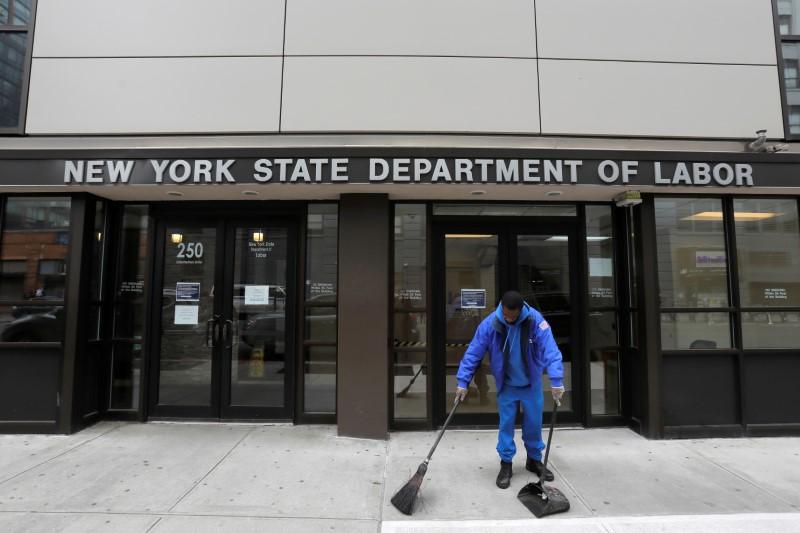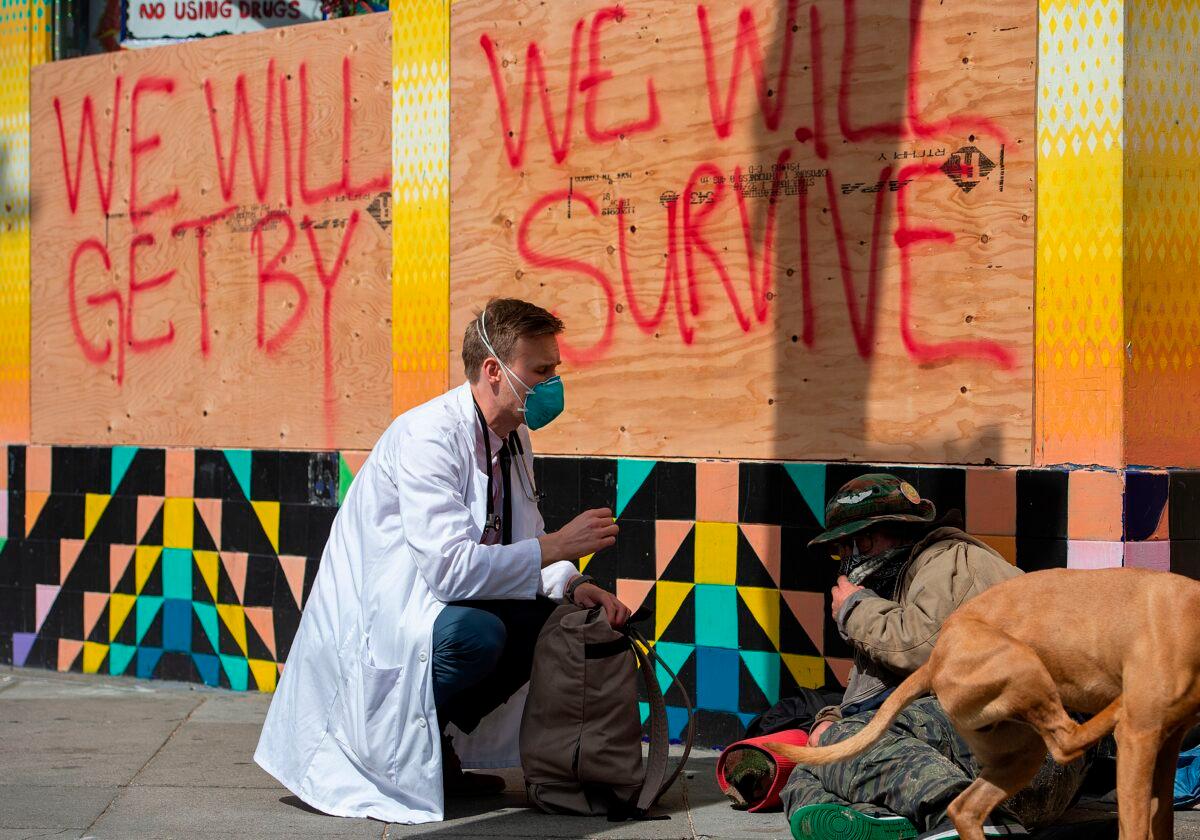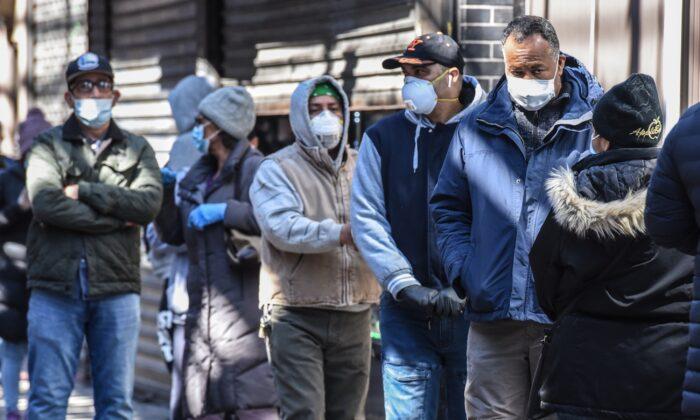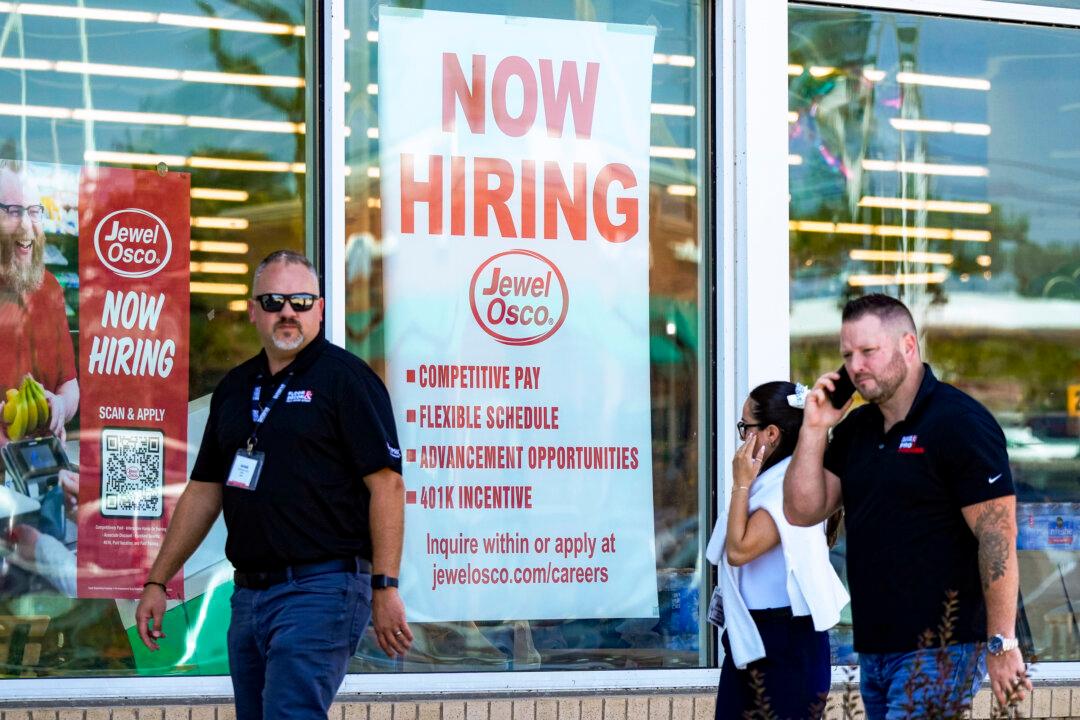The previous week’s figures were revised up by 219,000 to 6,867,000 from 6,648,000.
Economists polled by Reuters said they expected weekly jobless claims for the week ending April 4 to come in at 5.3 million, while some estimates were as high as 9.3 million.
“These dismal numbers suggest another record-breaking April jobs report,” said Beth Ann Bovino, chief U.S. economist at S&P Global Ratings in New York.
“America is now in recession, and as it appears to deepen, the question is how long it will it take before the U.S. recovers,” Bovino said.
The April 9 jobless figures are a near-historic high for the United States, amounting to almost 10 times the pre-COVID-19 crisis record of 695,000, set in 1982. The new claims bring the number of Americans seeking unemployment benefits in the last three weeks to more than 16.8 million.
The Department of Labor blamed the spike in unemployment on the pandemic.
“The COVID-19 virus continues to impact the number of initial claims and its impact is also reflected in the increasing levels of insured unemployment,” the agency stated.

The preliminary unemployment rate was 5.1 percent for the week ending March 28, an increase of 3.0 percentage points from the previous week’s unrevised rate, the agency stated.
The mounting economic fallout almost certainly signals the onset of a global recession, with job losses that are likely to dwarf those of the Great Recession more than a decade ago.
Roughly 95 percent of the U.S. population is now under stay-at-home orders, and many factories, restaurants, stores, and other businesses are closed or have seen sales shrivel.
“My anxiety is through the roof right now, not knowing what’s going to happen,” said Laura Wieder, who is laid off from her job managing a now-closed sports bar in Bellefontaine, Ohio.

The $2.2 trillion emergency relief bill signed into law by President Donald Trump on March 27 gives states more flexibility to extend unemployment compensation.
The Coronavirus Aid, Relief, and Economic Security (CARES) Act expands states’ ability to provide unemployment insurance for many workers impacted by the COVID-19 pandemic, including for workers who aren’t ordinarily eligible for unemployment benefits, such as independent contractors.
Many economists believe there is still more downside for the labor market.
‘Not in Free Fall’
Speaking on Face the Nation on April 5, St. Louis Federal Reserve President James Bullard said he didn’t believe the U.S. economy or jobs market was in “free fall” amid the pandemic.“We’re asking people to stay home to invest in national health,” Bullard said. “The uptake on the unemployment insurance program is a good thing because it means you’re getting the transfers to the people that are being disrupted by this health-ordered shutdown.”
“This large drop in GDP is consistent with 19.8 million jobs lost by July, bringing unemployment rates across the country into the mid-teens,” analysts at a Washington-based think tank said of Goldman’s figures, adding their own dire forecast of 20 million jobs lost by summer.
“This kind of upending of the labor market in such a short time is unheard of,” said Heidi Shierholz, an economist at EPI.
Both Bank of America and Goldman Sachs expect a sharp rebound after the pandemic subsides in the United States.





